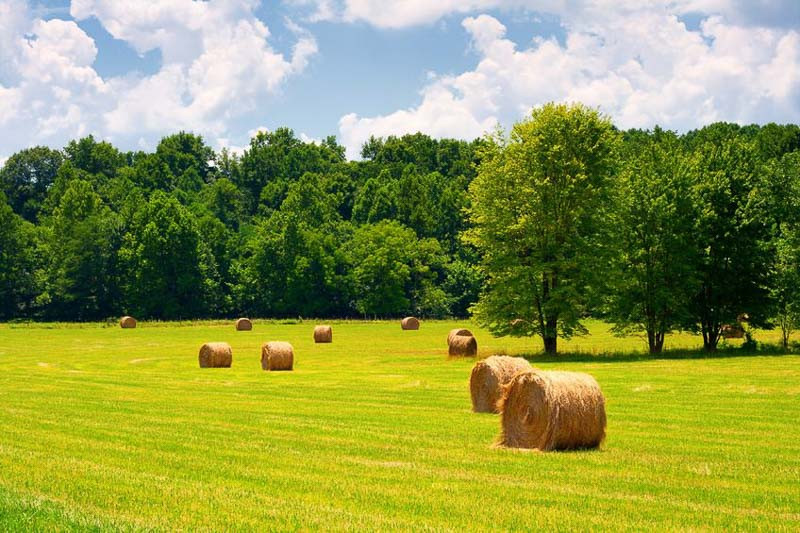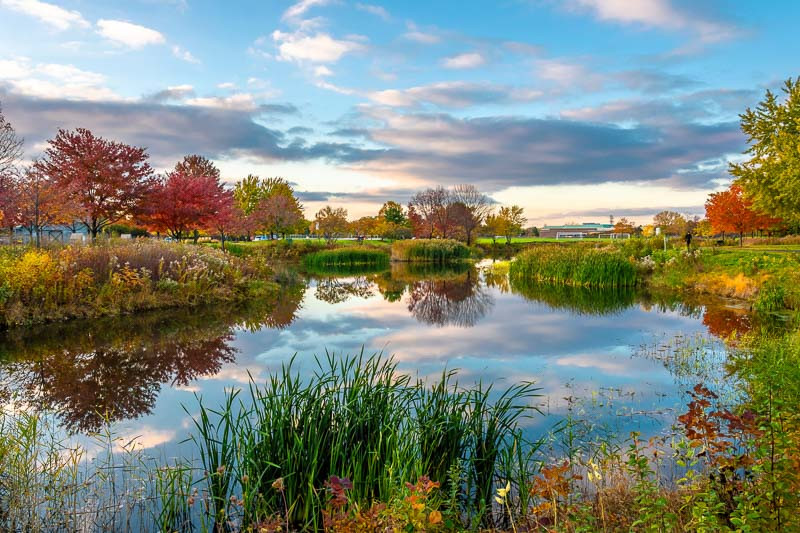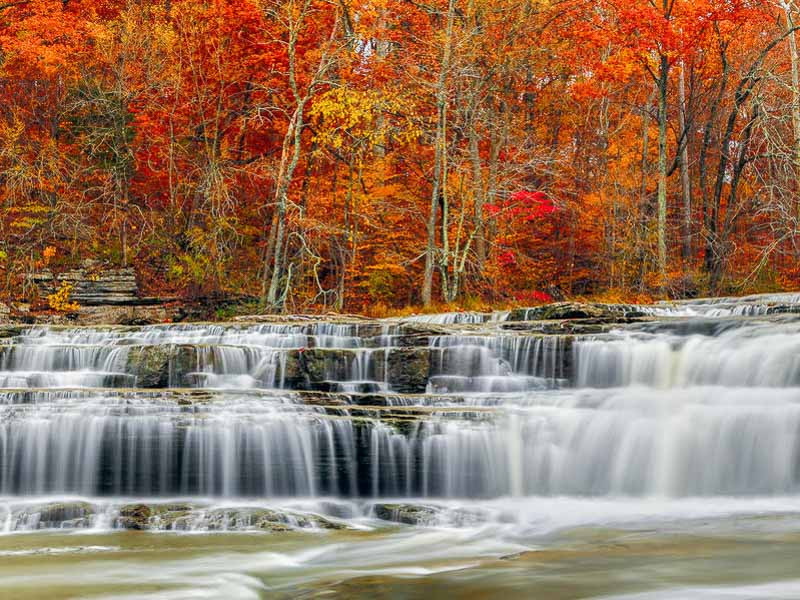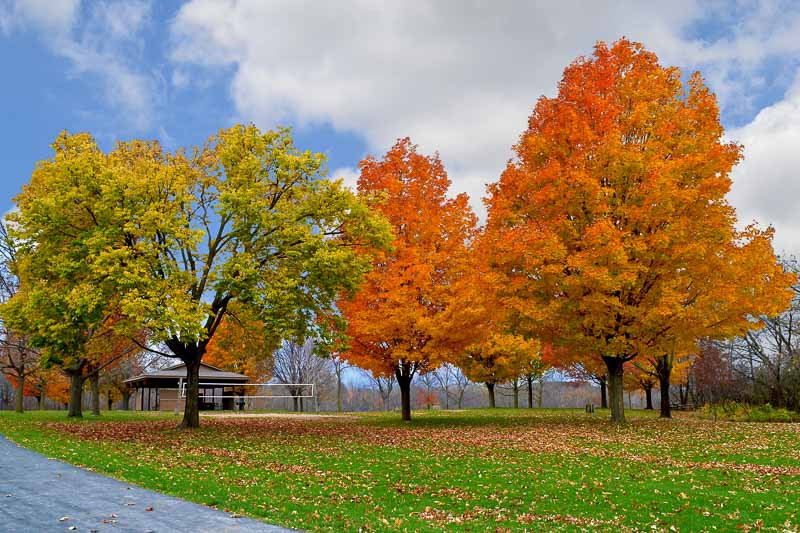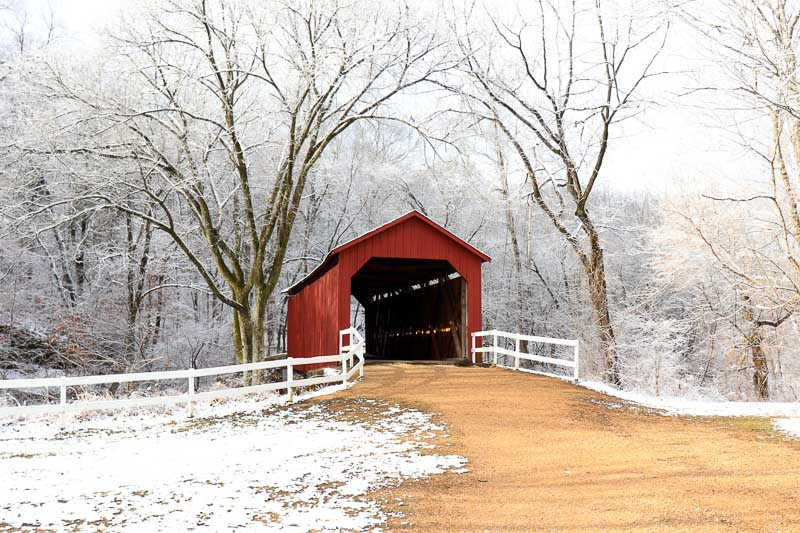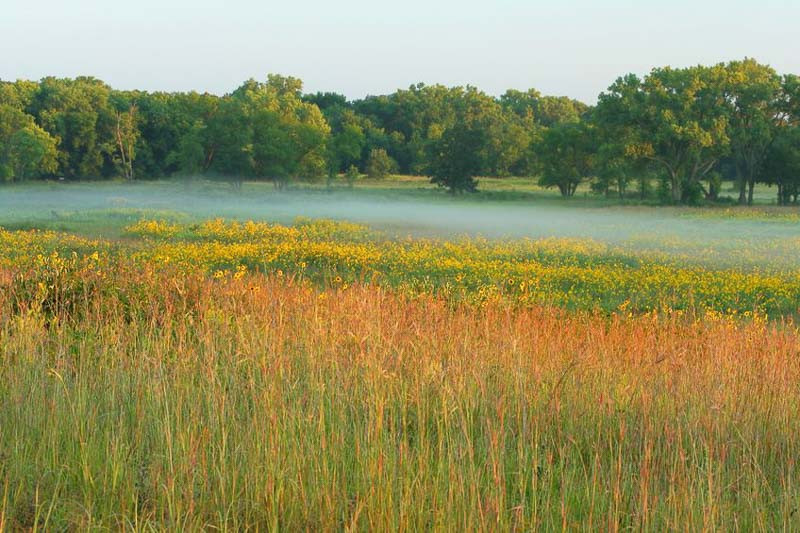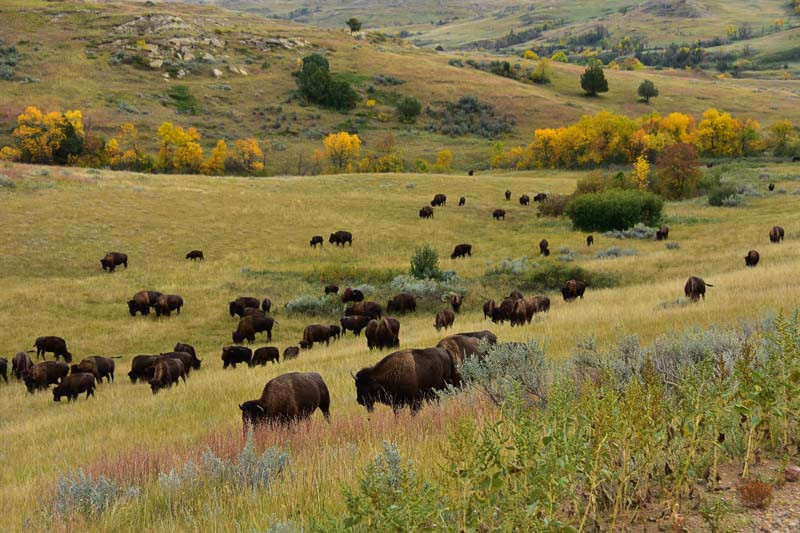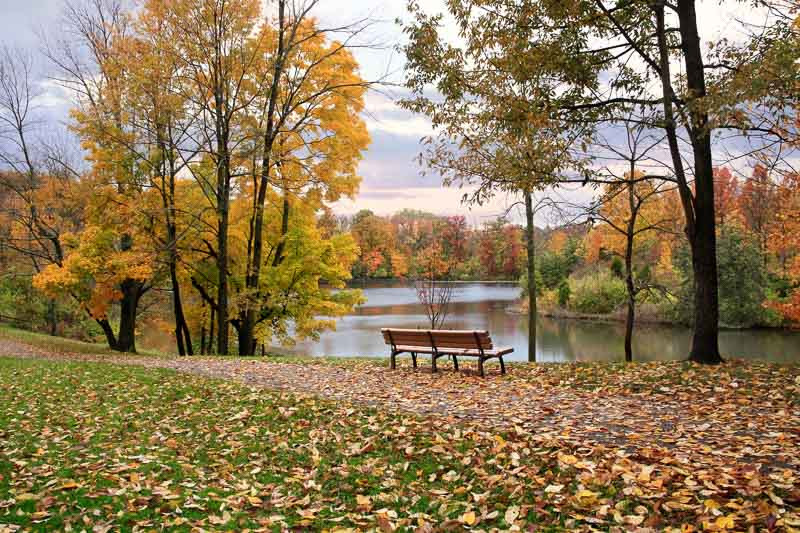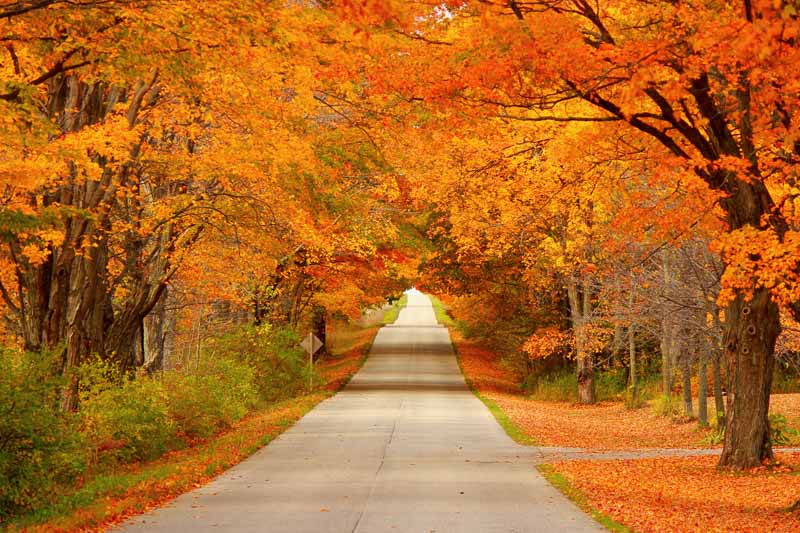Midwest Native Plants
The Midwestern United States is home to a plethora of native plants that are not only beautiful but also well-adapted to the local climate. Let’s explore some:
- Purple Coneflower (Echinacea purpurea): With its distinctive pink-purple petals and spiky center, this perennial is a classic Midwest native that also attracts butterflies.
- Wild Bergamot (Monarda fistulosa): Known for its fragrant leaves and lavender flowers, this perennial draws bees, butterflies, and hummingbirds.
- Bluestem Grasses (Andropogon gerardii and Schizachyrium scoparium): These tall, perennial grasses add movement and a beautiful autumn color to the landscape.
- Compass Plant (Silphium laciniatum): A tall, sun-loving perennial with large yellow flowers. It’s named for its leaves, which tend to align themselves north-south.
- Maidenhair Fern (Adiantum pedatum): This delicate-looking fern is great for shaded areas and has unique, fan-shaped leaves.
